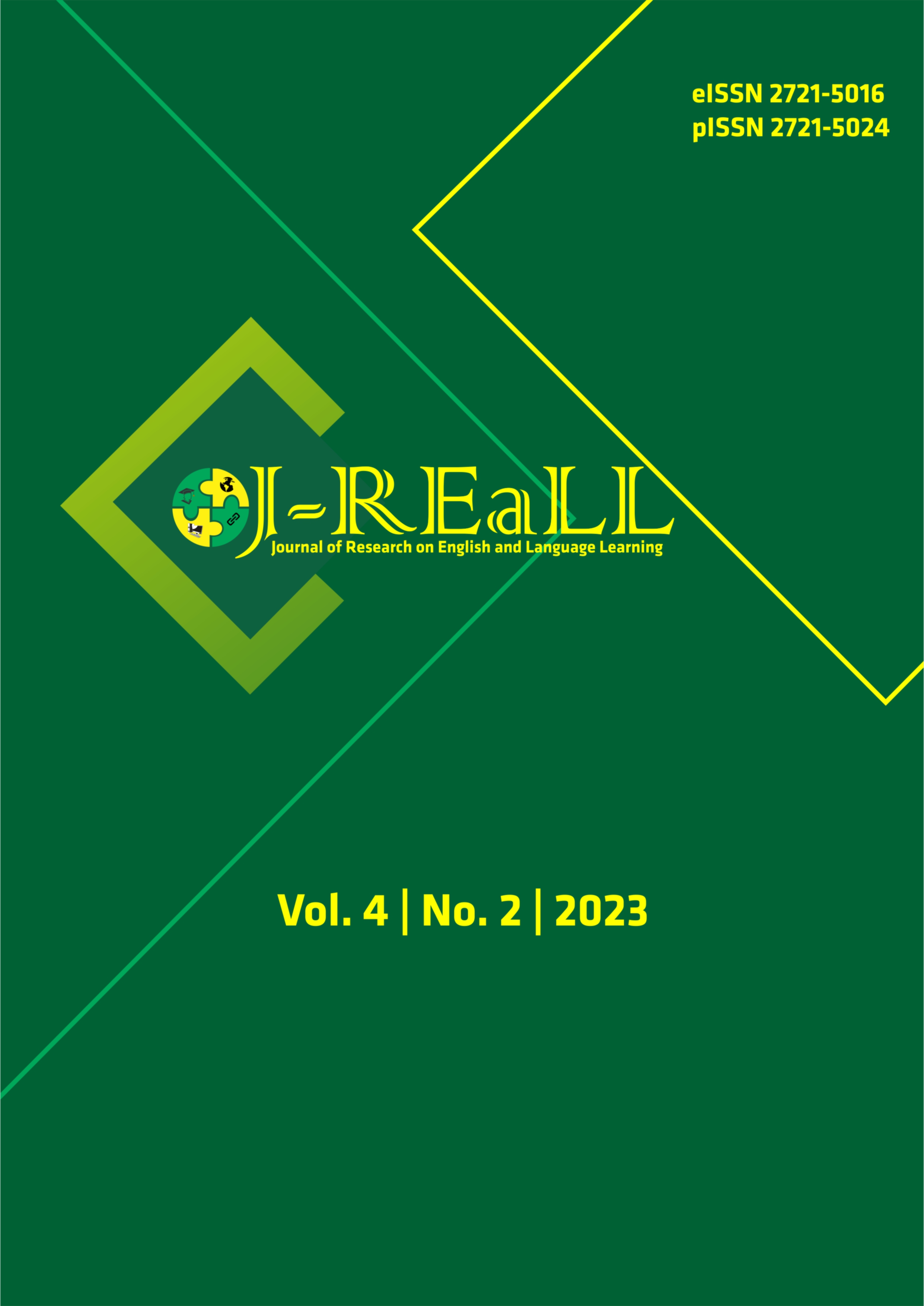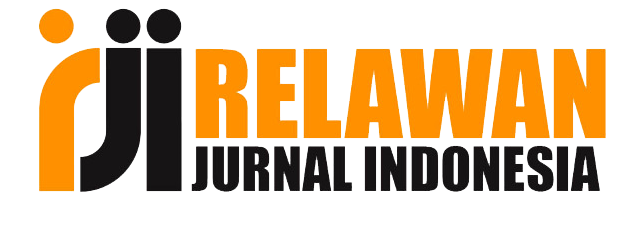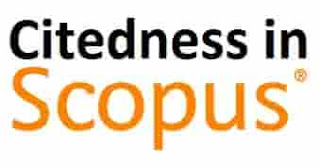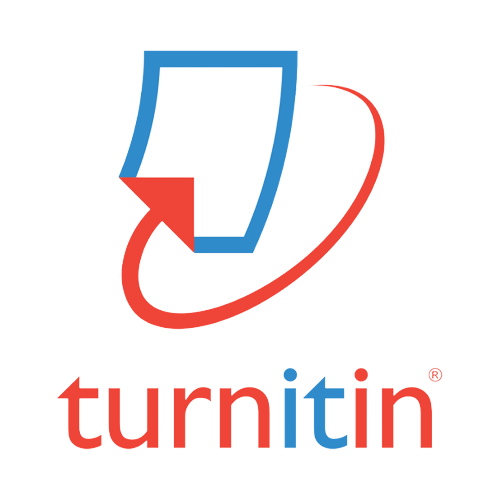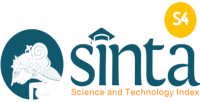EFL teachers’ experience for hard of hearing students in inclusive setting
DOI:
https://doi.org/10.33474/j-reall.v4i2.20003Keywords:
EFL teachers’ experience, hard of hearing, inclusive educationAbstract
Teaching students with hard of hearing in a mainstream school challenges teachers, including English as a foreign language (EFL) teachers. This narrative inquiry study presents EFL teachers' experience teaching hard-of-hearing students in inclusive classrooms. Six EFL teachers participated and had in-depth interviews. The finding shows that EFL teachers are aware of hard-of-hearing students’ uniqueness. They facilitate them in learning English together with hearing students from the beginning of the lesson to the closing session. Teachers modify their teaching dan communication by combining spoken, written, sign language, and translation. Explaining and instruction to hard-of-hearing students are presented in slow and loud voices, emphasizing mouth movement and repetition. This study presents implications based on the teachers’ stories and suggestions for future study.
References
Agavelyan, R. O., Aubakirova, S. D., Zhomartova, A. D., & Burdina, E. I. (2020). Teachers’ Attitudes Towards Inclusive Education in Kazakhstan. Integration of Education, 24(1), 8–19. https://doi.org/10.15507/1991-9468.098.024.202001.008-019
Alali, S. M., Al Kaied, Z. S., Alyamani, A. H., & Awwad, F. A. (2020). In-Service Teachers’ Knowledge of Common Features Associated with Disorders and Developmental Disabilities. Social Sciences & Humanities Open, 2(1), 100046. https://doi.org/10.1016/j.ssaho.2020.100046
Ardhika, R., & Syaifudin, M. (2023). Analisis Kebijakan Pemerintah Mengenai Sekolah Inklusif. JIP: Jurnal Inovasi Penelitian, 3(8), 7247–7258.
Barkhuizen, G. (2011). Narrative Knowledging in TESOL. TESOL Quarterly, 45(3), 391–414. https://doi.org/10.5054/tq.2011.261888
Barkhuizen, G. (2022). Ten Tricky Questions about Narrative Inquiry in Language Teaching and Learning Research: And What the Answers Mean for Qualitative and Quantitative Research. LEARN Journal: Language Education and Acquisition Research Network, 15(2), 1–19.
Braun, V., & Clarke, V. (2012). Thematic Analysis. In H. Cooper, P. . Camic, D. . Long, A. . Panter, D. Rindskopf, & K. . Sher (Eds.), APA handbook of research methods in psychology (Vol. 2). American Psychological Association.
Darma, I. P., & Rusyidi, B. (2015). Pelaksanaan Sekolah Inklusi Di Indonesia. Prosiding Penelitian Dan Pengabdian Kepada Masyarakat, 2(2), 223–227. https://doi.org/10.24198/jppm.v2i2.13530
Dewi, A. A., Yawisah, U., & Siregar, S. (2019). Teaching English to Children with Hearing Impairment: A Case Study in Special School. Pedagogy : Journal of English Language Teaching, 7(1), 10–19. https://doi.org/10.32332/pedagogy.v7i1.1430
Díez-Palomar, J., Chan, M. C. E., Clarke, D., & Padrós, M. (2021). How Does Dialogical Talk Promote Student Learning During Small Group Work? An Exploratory Study. Learning, Culture and Social Interaction, 30(July), 1–17. https://doi.org/10.1016/j.lcsi.2021.100540
Rencana Induk Pengembangan Pendidikan Inklusif Tingkat Nasional Tahun 2019 - 2024, (2019). https://www.jogloabang.com/desain-pengembangan-pendidikan-inklusif-nasional-2019-2024
Farrell, M. (2009). Foundations of Special Education: An Introduction. In Foundations of Special Education: An Introduction. Wiley-Blackwell. https://doi.org/10.1002/9780470744659
Gallego-Ortega, J. L., & Rodríguez-Fuentes, A. (2021). Teaching Attitudes Towards Students with Disabilities. Mathematics, 9(14). https://doi.org/10.3390/math9141637
González-Castellano, N., Colmenero-Ruiz, M. J., & Cordón-Pozo, E. (2021). Factors that Influence the University’s Inclusive Educational Processes: Perceptions of University Professors. Heliyon, 7(4). https://doi.org/10.1016/j.heliyon.2021.e06853
Hadi, F. N., Wahyuni, D. S., & Sulistyawati, H. (2019). Teacher’s Strategies in Teaching English for the Hearing-Impaired Students. English Education Journal, 7(2), 264–271.
Hassanein, E. E. A., Alshaboul, Y. M., & Ibrahim, S. (2021). The Impact of Teacher Preparation on Preservice Teachers’ Attitudes Toward Inclusive Education in Qatar. Heliyon, 7(9), e07925. https://doi.org/10.1016/j.heliyon.2021.e07925
Hennessy, S., Calcagni, E., Leung, A., & Mercer, N. (2021). An Analysis of the Forms of Teacher-Student Dialogue That are Most Productive for Learning. Language and Education, 0(0), 1–26. https://doi.org/10.1080/09500782.2021.1956943
Jannah, A. M., Setiyowati, A., Lathif, K. H., Devi, N. D., & Akhmad, F. (2021). Model Layanan Pendidikan Inklusif di Indonesia. Anwarul: Jurnal Pendidikan Dan Dakwah, 1(1), 121–136. https://doi.org/10.58578/anwarul.v1i1.51
Kalimah, S., & Kurniawa, D. (2022). Classroom Interaction in English Class for Hearing Impairment Students in SMP-LB (B) Negeri Tuban. Inovasi-Jurnal Diklat Keagamaan, 16(1), 81–90. https://doi.org/10.52048/inovasi.v16i1.300
Peraturan Menteri Pendidikan dan Kebudayaan (Permendikbud) Nomor 1 Tahun 2021 tentang Penerimaan Peserta Didik Baru Jenjang TK, SD, SMP, SMA dan SMK, Permendikbud 1 (2021). https://lpmpkaltara.kemdikbud.go.id/2021/01/18/permendikbud-nomor-1-tahun-2021-tentang-penerimaan-peserta-didik-baru-jenjang-tk-sd-smp-sma-dan-smk/
Lindner, K. T., & Schwab, S. (2020). Differentiation And Individualisation In Inclusive Education: A Systematic Review And Narrative Synthesis. International Journal of Inclusive Education, 0(0), 1–21. https://doi.org/10.1080/13603116.2020.1813450
Manrique, A. L., Dirani, E. A. T., Frere, A. F., Moreira, G. E., & Arezes, P. M. (2019). Teachers’ Perceptions on Inclusion in Basic School. International Journal of Educational Management, 33(2), 409–419. https://doi.org/10.1108/IJEM-02-2018-0058
Miles, S., Westbrook, J., & Croft, A. (2018). Inclusions and Exclusions in Rural Tanzanian Primary Schools: Material Barriers, Teacher Agency and Disability Equality. Social Inclusion, 6(1), 73–81. https://doi.org/10.17645/si.v6i1.1203
Muguruza, B., Cenoz, J., & Gorter, D. (2020). Implementing Translanguaging Pedagogies in an English Medium Instruction Course. International Journal of Multilingualism, 0(0), 1–16. https://doi.org/10.1080/14790718.2020.1822848
Nisak, C., Samad, I. A., & Silviyanti, T. M. (2019). Teacher’s Strategies in Teaching English for Students of Hearing Disorder. Research in English and Education (READ), 4(1), 39–48.
Norton, B., & Early, M. (2011). Researcher Identity, Narrative Inquiry, and Language Teaching Research. TESOL Quarterly, 45(3), 415–439. https://doi.org/10.5054/tq.2011.261161
Ntinda, K., Thwala, S. K., & Tfusi, B. (2019). Experiences of Teachers of Deaf and Hard- of- Hearing Students’ in a Special Needs School: An Exploratory Study. Journal of Education and Training Studies, 7(7), 79–89. https://doi.org/10.11114/jets.v7i7.4274
Peralta Izquierdo, W. M., & Guaman Luna, M. M. (2023). English Teachers ’ Needs and Strategies for Deaf and Hard-of-Hearing Students at the “ Francisco Febres Cordero ” Public High School. Journal Scientific MQRInvestigar, 7(1), 2720–2734.
Permendiknas No. 70 Tahun 2009. http://pdpt.unimus.ac.id/2012/wp-content/uploads/2012/05/Permen-No.-70-2009-tentang-pendidiian-inklusif-memiliki-kelainan-kecerdasan.pdf
Rokom. (2019). Kemenkes Terus Upayakan Kurangi Masalah Gangguan Pendengaran. Kementerian Kesehatan Republik Indonesia. https://sehatnegeriku.kemkes.go.id/baca/umum/20190322/4129804/kemenkes-terus-upayakan-kurangi-masalah-gangguan-pendengaran/
Taneja-Johansson, S., Singal, N., & Samson, M. (2021). Education of Children with Disabilities in Rural Indian Government Schools: A Long Road to Inclusion. International Journal of Disability, Development and Education, 00(00), 1–16. https://doi.org/10.1080/1034912X.2021.1917525
Teba, S. C., Zinsouvi, S. D. C., & Mensah, M. M. (2019). Exploring the Strategies and Tips Used By Teachers To Teach Writing Skill To Auditory Challenged Learners in Benin: Case Study of Cseb. Revue Internationale de Linguistique Appliquée, de Littérature et d’Education, 2(1), 81–104.
UNESCO. (1994). The Salamanca Statement and Framework for Action on Special Needs Education. World Conference on Special Needs Education: Access and Quality.
UNESCO. (2000). The Dakar Framework for Action. Education for All: Meeting Our Collective Commitments. In Unesco. http://unesdoc.unesco.org/images/0012/001211/121147e.pdf
UNESCO. (2016). Education 2030 - Incheon Declaration Framework for Action for the Implementation of Sustainable Development Goal 4. http://unesdoc.unesco.org/images/0024/002456/245656E.pdf
UNESCO. (2020). Inclusion and Education: All Means All. In Global Education Monitoring Report. https://unesdoc.unesco.org/ark:/48223/pf0000373718
van der Veen, C., Michaels, S., Dobber, M., van Kruistum, C., & van Oers, B. (2021). Design, Implementation, and Evaluation of Dialogic Classroom Talk in Early Childhood Education. Learning, Culture and Social Interaction, 29(April), 100515. https://doi.org/10.1016/j.lcsi.2021.100515
van der Wilt, F., Bouwer, R., & van der Veen, C. (2022). Dialogic Classroom Talk in Early Childhood Education: The Effect on Language Skills and Social Competence. Learning and Instruction, 77(July 2021), 101522. https://doi.org/10.1016/j.learninstruc.2021.101522
Westbroek, H. B., van Rens, L., van den Berg, E., & Janssen, F. (2020). A Practical Approach to Assessment for Learning and Differentiated Instruction. International Journal of Science Education, 42(6), 955–976. https://doi.org/10.1080/09500693.2020.1744044
World Health Organization, -. (2023). Deafness and Hearing Loss.
Zacharias, N. T. (2016). Narrative Data and Analysis in Second Language Teaching and Learning. Indonesian JELT: Indonesian Journal of English Language Teaching, 11(2), 101–116. https://doi.org/10.25170/ijelt.v11i2.1492
Downloads
Published
How to Cite
Issue
Section
License
Copyright (c) 2023 Ni Nyoman Ari Ratnadi, Luh Diah Surya Adnyani

This work is licensed under a Creative Commons Attribution 4.0 International License.
Authors who publish this journal agree to the following terms:
- Authors retain copyright and grant the journal right of first publication with the work simultaneously licensed under a Creative Commons Attribution License that allows others to share the work with an acknowledgement of the work's authorship and initial publication in this journal.
- Authors can separately make additional contractual arrangements for non-exclusive distribution published by the journal (e.g., publish it in a book), with an acknowledgement of its initial publication in this journal.
- Authors are allowed and encouraged to send their work via online (e.g., in the institutional repositories or their website) after published by the journal.

